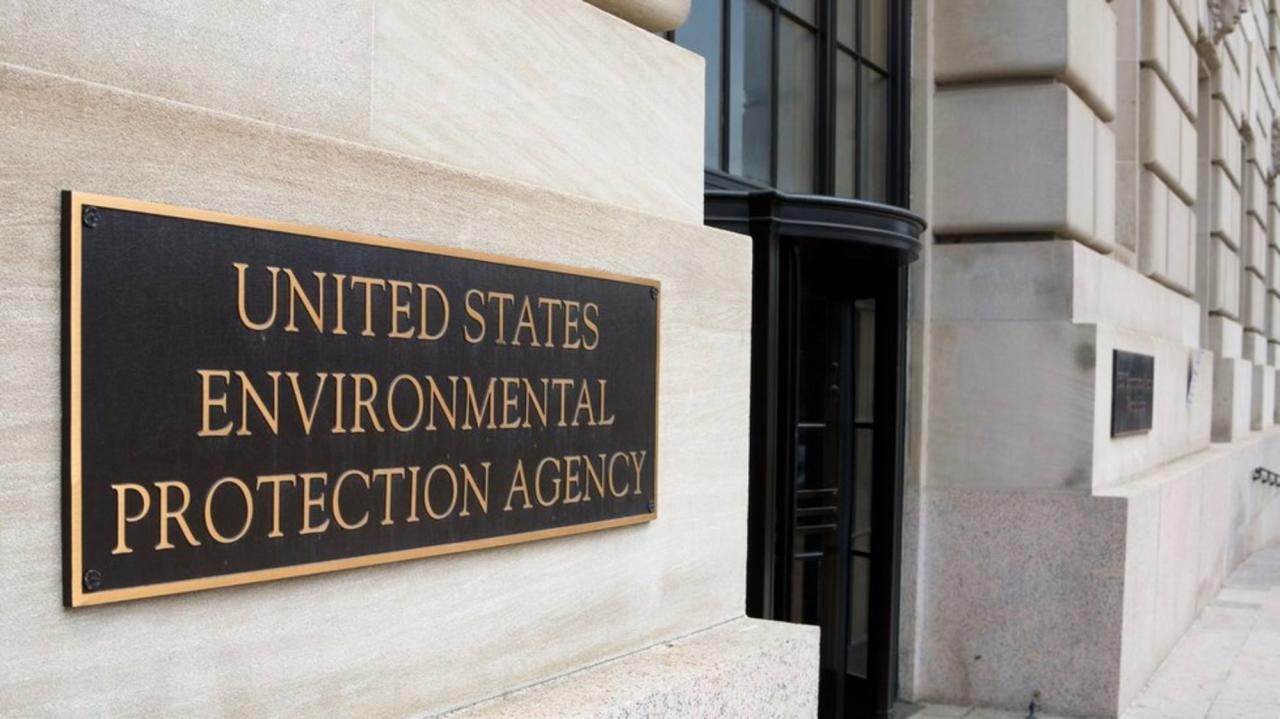Originally posted by Energy Central
August 8, 2005 | By Stephen Heins
The most recent Wisconsin Public Service Commission (PSC) decision on July 20, 2005, must be considered an important ruling for the future of energy policy in Wisconsin. With this decision, Wisconsin became the first state in the U.S. to take the bold step of recognizing utility investments in energy efficiency as equivalent to investments in new power generation.
We applaud the Public Service Commission for equalizing energy-efficiency incentives and recognizing the value of our Shared Savings program, said Wisconsin Power and Light President Barbara Swan. The PSC made a strong statement investments in energy efficiency are as important as investments in new generation, and should be equally encouraged. This decision is good for our business customers and good for us.
As one of the largest employers of manufacturing workers in the U.S., Wisconsins industrial sector has much to gain from this decision, since lower electrical costs could make the difference between job creation and job destruction, between profitability and losses, between staying in Wisconsin or going overseas. This PSC ruling will help keep jobs here.
Other states are also in the process of providing greater incentives to utilities for their energy efficiency and demand-response programs. For example, on June 8 California issued an Energy Action Plan as an Implementation Road Map for Energy Policies that specifically will add verifiable performance incentives for Investor Owned Utilities energy-efficiency investments that are comparable to incentives for supply-investment options in 2006.
However, given the fact that the cleanest, least expensive kilowatt is the one that is not used, it is surprising that more states have not devised a regimen whereby their utilities receive the same return on investment for provable energy efficiencies as they receive for new or existing sources of electricity.
As we all know, new power plants and transmission lines are inevitable in a growth economy; but appropriate deployment of energy efficiency could have a significant impact on how many new power plants and transmission lines Wisconsin, and other states, will need to build, and how soon they will need to build them. This particularly important given the fact that power plants and transmission lines take as long as six or seven years to secure approvals even before construction begins.
With all that is at stake from an electric-rate and environmental perspective, we simply cannot afford to allow current barriers to using our most cost-effective and cleanest solution energy efficiency to persist.
Well run, energy-efficient utility programs reap many benefits. They
- reduce long-term energy bills for both business and residential customers.
- reduce demand for new power plants and transmission lines.
- reduce business costs, thus stimulating economic development.
- increase global competitiveness by reducing upward pressure on electric rates.
- reduce emissions that contribute to national and international environmental problems.
- create long-term job opportunities for energy-efficient systems and service providers.
- improve national security by easing energy dependence. ·
- identify efficient new technologies that improve workplace environs and, thereby, productivity.
There are many programs and policy alternatives in existence that can be used for implementing energy-efficiency measures, including public benefits programs, portfolio standards, and public service commission mandates for energy efficiency. In Wisconsin, the PSC has required 55 megawatts of energy efficiency for WE Energies and 32 megawatts of energy efficiency for Wisconsin Public Service Corporation as a condition for their new power plant approvals. The key to any solution must be measurement and verification, without which any energy- efficiency effort will fail.
Ultimately, what makes the idea of utility programs for energy efficiency compelling is that it establishes practical rules for achieving large energy efficiencies. The potential for such an approach is substantial, because: (1) utility programs can help increase market penetration because they know their customers best; (2) with the opportunity for profit, utilities can provide the necessary personnel and capital to test new and existing technologies; and (3) utilities can provide their business and industrial customers with objective advice about the array of energy efficiencies most appropriate for their needs.
This important change in energy policy would make U.S. utilities, the creators and suppliers of electricity, experts in energy consumption as well. With that knowledge, utilities can actively assist their industrial customers in controlling costs; they can maintain lower residential rates; and they can still improve the environment.
And thats good for everyones future.







